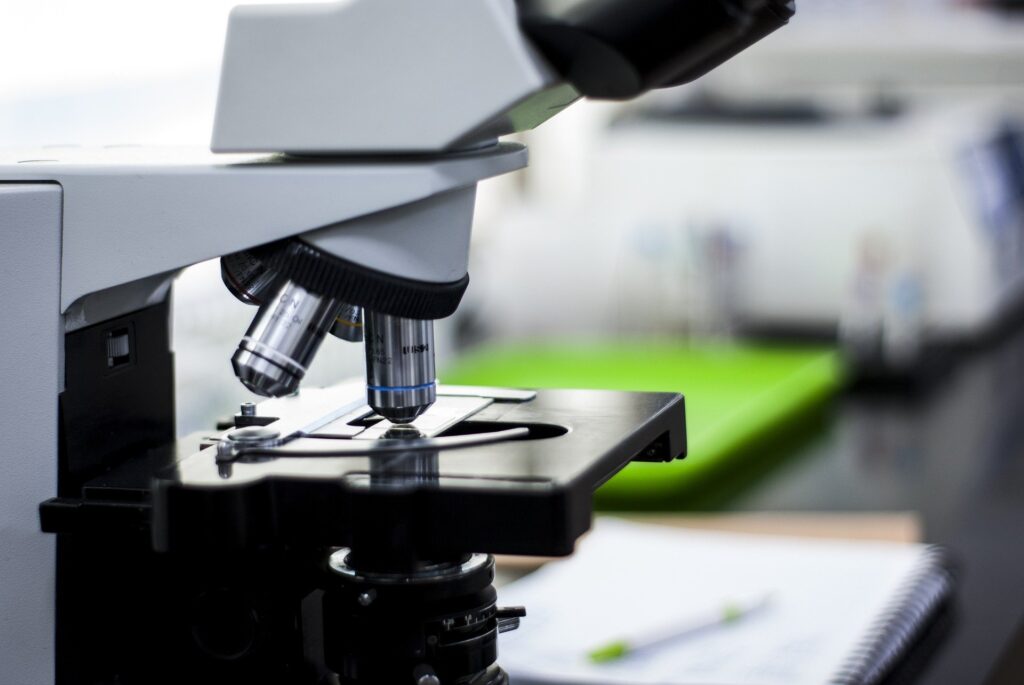Eterneva is a fast-growing company based in Austin, Texas, that makes memorial diamonds, allowing people to memorialize their loved ones in a unique way.
Carbon in the Human Body
To understand how the process of making memorial diamonds works, it is important to know the basics of human biology. The human body consists of 92 unique elements.
However, there are only four key elements that are considered essential to the makeup of the body: oxygen (65 percent), carbon (18.5 percent), hydrogen (9.5 percent), and nitrogen (3.2 percent).
Both nitrogen and carbon play a significant role in DNA formation, and carbon is found throughout the body because it helps form bones, major organs, muscles, hair, and skin.

What Happens During Cremation?
During the cremation process, which is carried out at a temperature ranging between 1,400 and 1,800 degrees Fahrenheit, the human body is turned into between three and seven pounds of bone fragment and powderized ashes. The amount of carbon after the cremation is significantly reduced from almost 20 percent to 1–4 percent.
This happens because during the burning process, most of the carbon exits the cremation chamber in the form of carbon dioxide. The remaining small amount of carbon is known as calcium carbonate – a strong element found in bones.
Testing Ashes for Carbon
To find out how much carbon is left in the ashes after cremation, a total carbon analysis is performed. One of the most innovative techniques of testing is combustion (burning) of carbon with a quartz heating element. This method performed by Eterneva allows testing without adding any extra fuels and additives to avoid contamination of the sample.
Eterneva uses this technique on ashes, hair, and even aquamation ashes. The testing is carried out by highly skilled scientists and chemists at the TDI-Brooks International and B&B Laboratories in College Station, Texas.

The Process of Carbon Purification
One of the first steps of growing diamonds from carbon is to purify carbon contained in cremated remains to form carbon graphite – personal carbon used for producing memorial diamonds. The purpose of this phase is to isolate the carbon from all of the other elements found in the remains after cremation.
The process of purification is multi staged and complicated and requires highly specialized equipment and infrastructure, along with a high level of expertise. To receive the purity of graphite at over 99.995 percent, the process might take several weeks.
Diamond Growing
Once the carbon graphite is ready, the process of growing a diamond can begin. Eterneva grows diamonds in a lab opened in the 1950s by the American Company General Electric. The company has growing facilities in Germany as well.
The technology used for growing diamonds is called high-pressure high temperature (HPHT) technology, which requires special HPHT machines. Though these machines are typically very large, Eterneva uses a smaller and more precise version.
Since everyone’s carbon is different, it is the scientist’s task to find a perfect combination of pressure and heat for each individual diamond.

Final Steps in the Process
Once the raw diamond is ready, the next important step is to assess the diamond by identifying the placement of its inclusions and making sure that the size and shape will fit perfectly within the raw diamond. Since quality is the main priority in this process, the assessment stage might take time.
Once the quality inspection is passed, the diamond is sent to Antwerp, Belgium, where it is cut by professional and experienced cutters. The final stage of producing a memorial diamond includes grading and engraving completed by certified gemologists and two optional services – diamond coloration and jewelry setting.
Human cremation ashes contain enough carbon to produce a memorial diamond – a beautiful tribute to those loved ones who are no longer with us. It is a time-consuming process, but the result is a precious gemstone that will always remind you of your loved one.





 Em Português
Em Português En Español
En Español